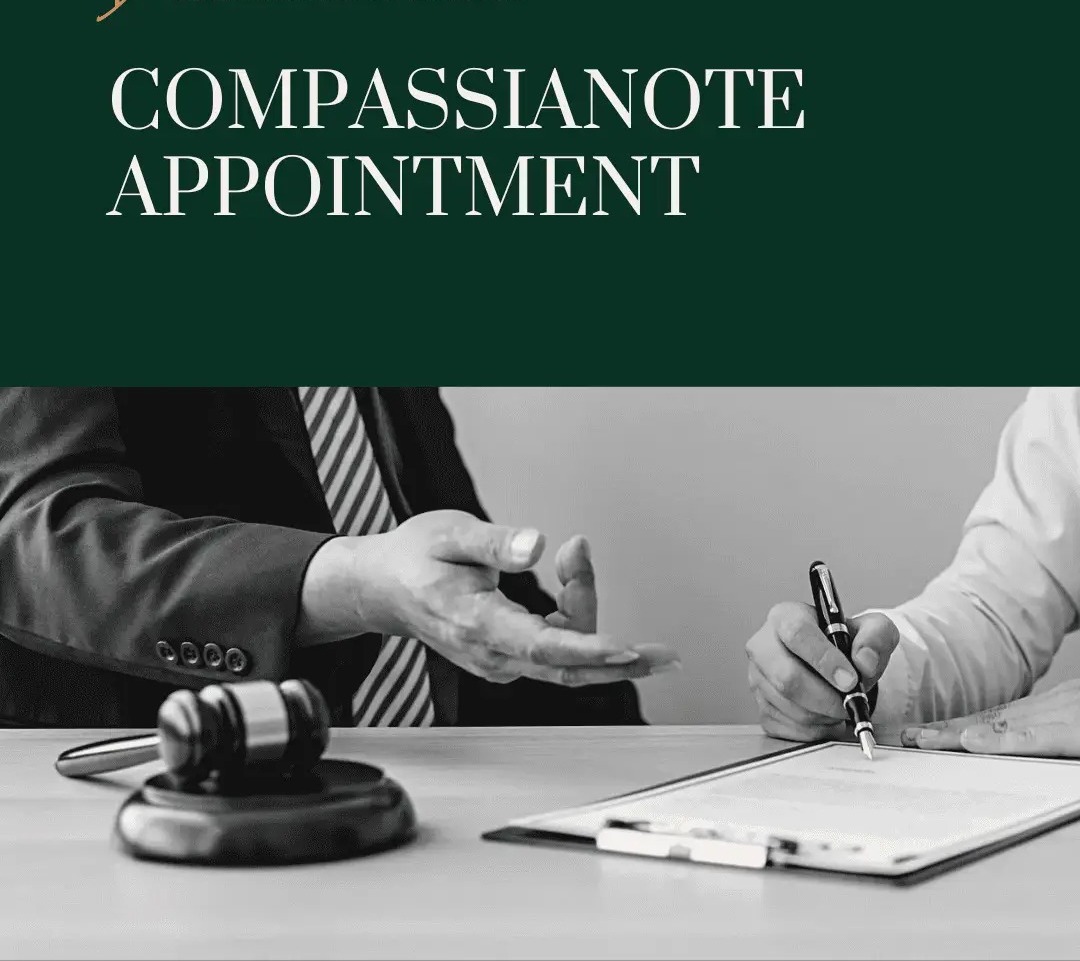K.K. Desai, J.@mdashThe petitioner in this revision application being tenant and original defendant contends that the trial Court as well as the appellate-Court wrongly held that to the suit premises the provisions of the Bombay Rents, Hotel and Lodging House Rates (Control) Act, 1947, did not apply. The petitioner''s case is that the findings made as above by the trial Court and the appellate Court are not well founded in law. On all other issues in both the Courts findings were made in favour of the petitioner. Mr. Vaidya for the petitioner, therefore, has again in this revision application urged that to the promises in suit the provisions of the above Act are applicable and that I should reverse the findings made by the Courts below.
2. In connection with this contention, the only relevant facts are as follows:
By a lease dated May 20, 1949, the Government of Bombay granted what is described as a permanent lease of certain lands with building standing thereon to the opponents-landlord. The petitioner being Shri Swami Vivekanand Ashram has been continuously a tenant of the opponents of the above building since the date of the lease. Even prior to the date of the lease, the petitioner was a tenant of the building, which then belonged to the Maharaja of Kolhapur. By a notice dated December 20, 1955, the opponents terminated the tenancy of the petitioner. In the notice they mentioned that they required this suit premises for bona fide requirements and personal use. Thereafter, this ejectment suit was fide against the petitioner. Against the decree passed in the suit, the petitioner filed an appeal. Both the Courts have passed ejectment decrees against the petitioner.
3. On behalf of the opponents, reliance was placed in both the Courts on the provisions of Section 4 of the Act. Relying on the provisions of Sub-section (4)(a) of Section 4, it was contended on behalf of the petitioner that the suit premises were not exempted from the provisions of the Act. Both the Courts held that by reason of Sub-section (1) of Section 4 the suit premises were exempted from the provisions of the Act. The relevant parts of Sub-sections (1) and (4)(a) of Section 4 of the Act run as follows:
4.(1) This Act shall not apply to any premises belonging to the Government...or apply as against the Government to any tenancy or other like relationship created by a grant from the Government in respect of premises taken on lease....
4.(4)(a) The expression ''premises belonging to the Government or a local authority'' in. Sub-section (1) shall, notwithstanding anything contained in the said sub-section or in any judgment, decree or order of a court, not include a building erected on any land held by any person from the Government...under an agreement, lease or other grant, although having regard to the provisions of such agreement, lease or grant the building so erected may belong or continue to belong to the Government....
4. In connection with the suit premises (being the building occupied by the petitioner as tenant), it is admitted that the building was in existence prior to the grant of the lease dated May 20, 1949, in favour of the opponents by the Government of Bombay. Prima facie, having regard to that fact, apart from the provisions of Sub-section (4)(a), by reason of the contents of Sub-section (1) of Section 4, a finding would have to be made that the Act did not apply to the suit premises, as they belonged to the Government. Having regard to the language of Sub-section (1) of Section 4, it must also be held that as between the Government and the opponents and/or in connection with the tenancy granted by the Government of the building in suit to the opponents, the provisions of the Act can never apply. For developing the contention that by reason of the provisions of Sub-section (4)(a) the building premises or the suit premises are excluded from the exemption mentioned in Sub-section (1) of Section 4, Mr. Vaidya has contended that the true effect of the provisions of Sub-section (4)(a) is that the phrase "premises belonging to the Government or a local authority" as contained in Sub-section (1) of Section 4 does not include a building held by any person under an agreement, lease or other grant from the Government. In my view, this cannot be the true construction of the provisions of Sub-section (4)(a) of Section 4. The construction as submitted by Mr. Vaidya altogether fails to take into account the phrase "on any land" along with the verb "held" as contained in Sub-section (4)(a). The true construction of the provisions of Sub-section (4)(a) can only be arrived at by giving correct effect to these two phrases "on any land" and "held" in the position in which they stand in the sub-section. What must be held under an agreement, lease or other grant given by the Government is "any land". The word "held" has no direct application to the phrase "building erected" as contained in Sub-section (4)(a). If the above construction is borne in mind, the whole sub-section becomes entirely clear and free from any doubt in its meaning. In other words, the sub-section does not provide that the expression "premises belonging to the Government or a local authority" in Sub-section (1) shall not include a building held under an agreement, lease or other grant. The building as mentioned in this sub-section is not the one, which is erected by the Government. The agreement, lease or other grant referred to in this sub-section do not relate to grant or transfer in respect of an erected building or building belonging to the Government. On the contrary, the wordings of this sub-section indicate that they relate to lands held under an agreement, lease or other grant from the Government on which a building is erected. The above being the true construction of the provisions of Sub-section(4)(a), the only contention raised in this revision application must fail.
5. The revision application is dismissed with costs.
6. At this stage, the parties have consented that the decree for ejectment shall not be executed for six months from today.

